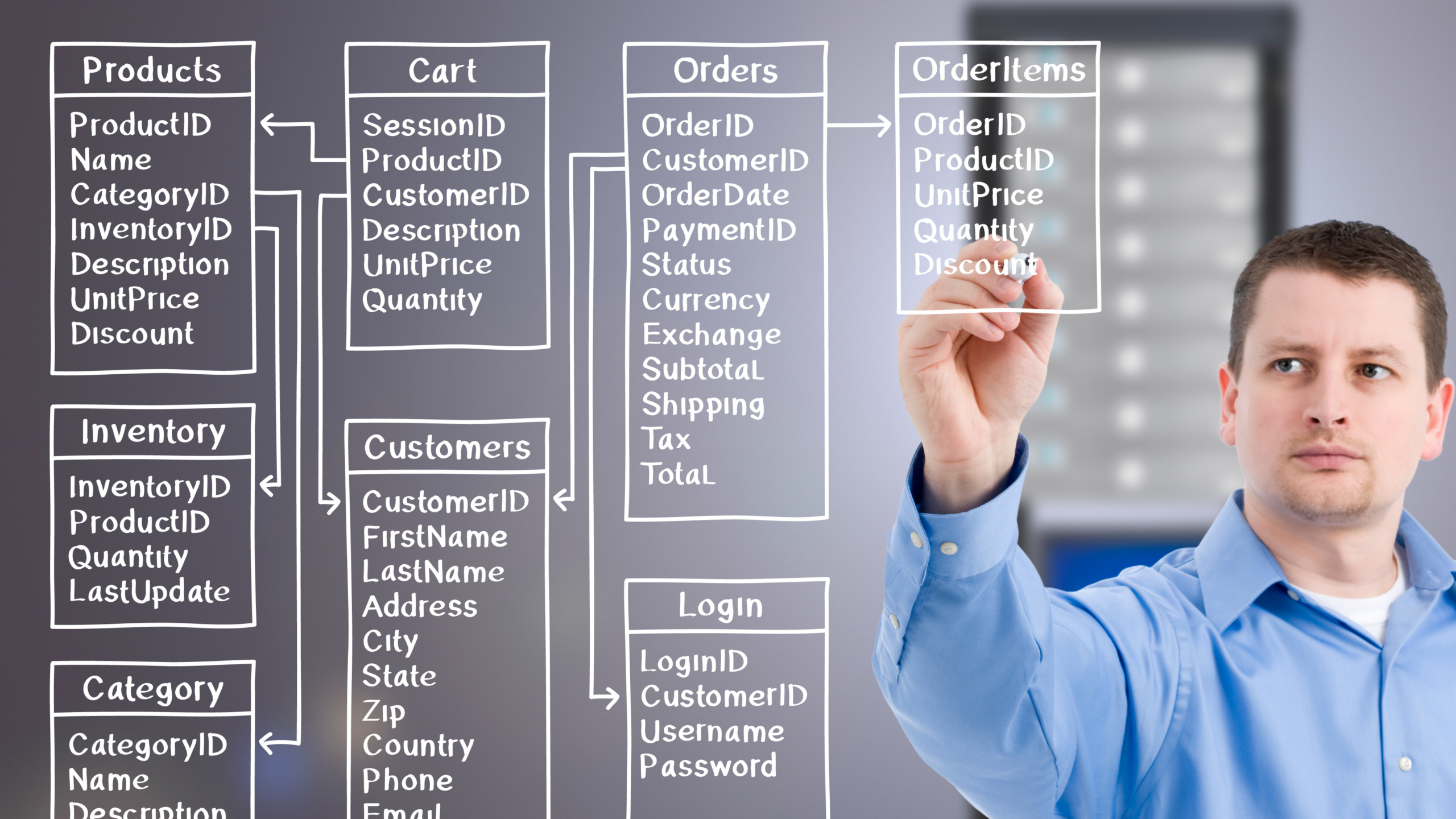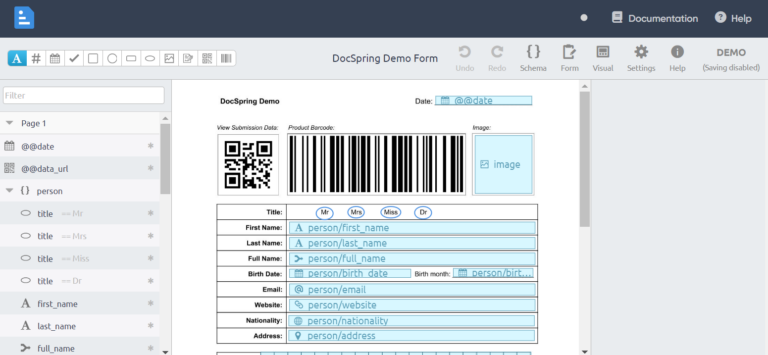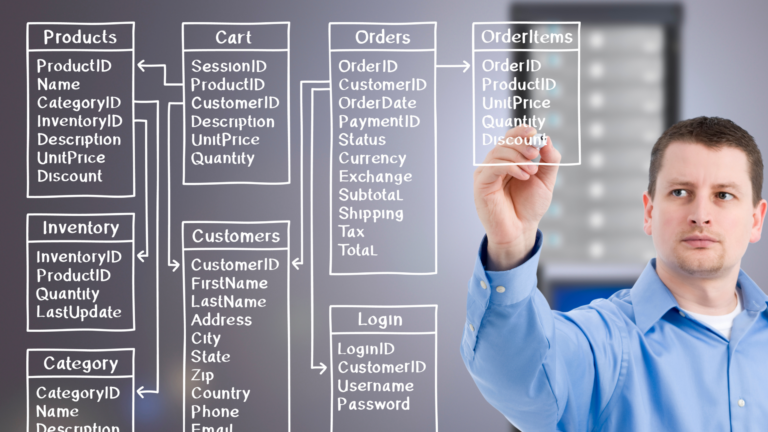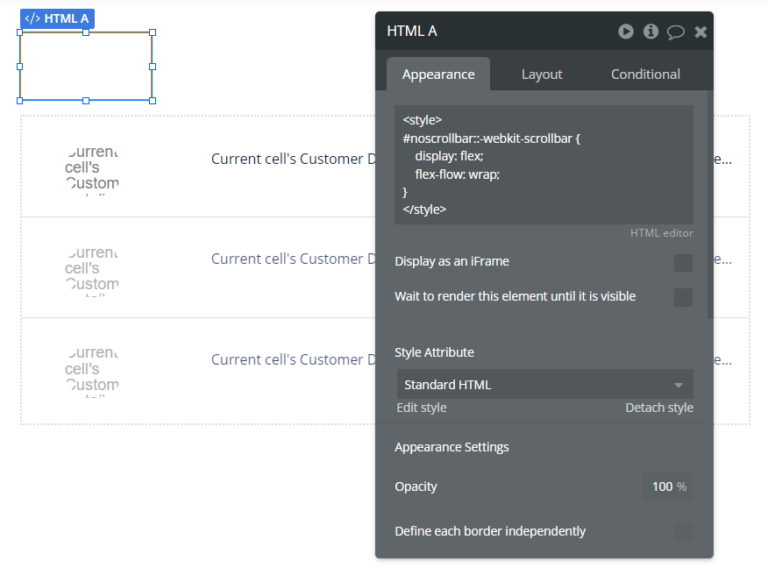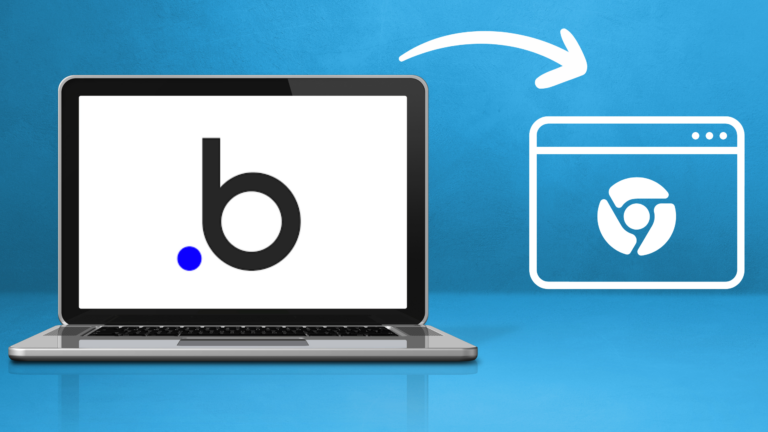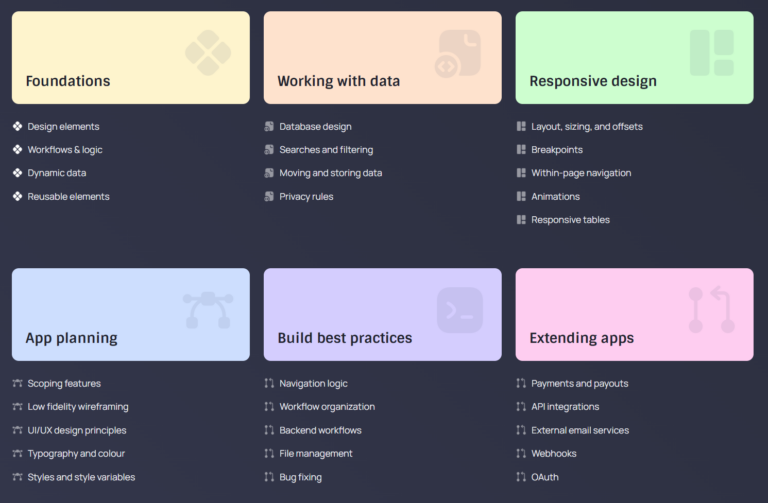Best bubble io database design and structure courses
Mastering database structure in Bubble is key to building efficient and scalable apps. We’ve selected the best Bubble io database courses to guide you, regardless of your skill level.
These courses, led by experienced instructors, provide essential insights and practical skills for optimizing your app’s database, ensuring better performance and a smoother user experience.
Best bubble io database courses
1. Building and Maintaining Scalable Databases in Bubble
Building and Maintaining Scalable Databases in Bubble by JJ Englert, providing comprehensive training for individuals interested in learning how to effectively use Bubble’s no-code platform for database management.
This course is designed to equip participants with the knowledge and skills needed to create, manage, and utilize databases within Bubble, catering to both beginners and those looking to deepen their understanding of database concepts in a no-code environment.
It includes modules on the fundamentals of Bubble databases, data structure design, data manipulation, and advanced database operations.
Participants will learn through a combination of theoretical knowledge and practical exercises designed to provide a comprehensive understanding of how to efficiently manage databases within the Bubble environment.
Course link: Building and Maintaining Scalable Databases in Bubble
2. Database design in Bubble
The “Database Design in Bubble” course by NoCodeLife is aimed at beginners to advanced intermediates interested in learning scalable database design using Bubble.
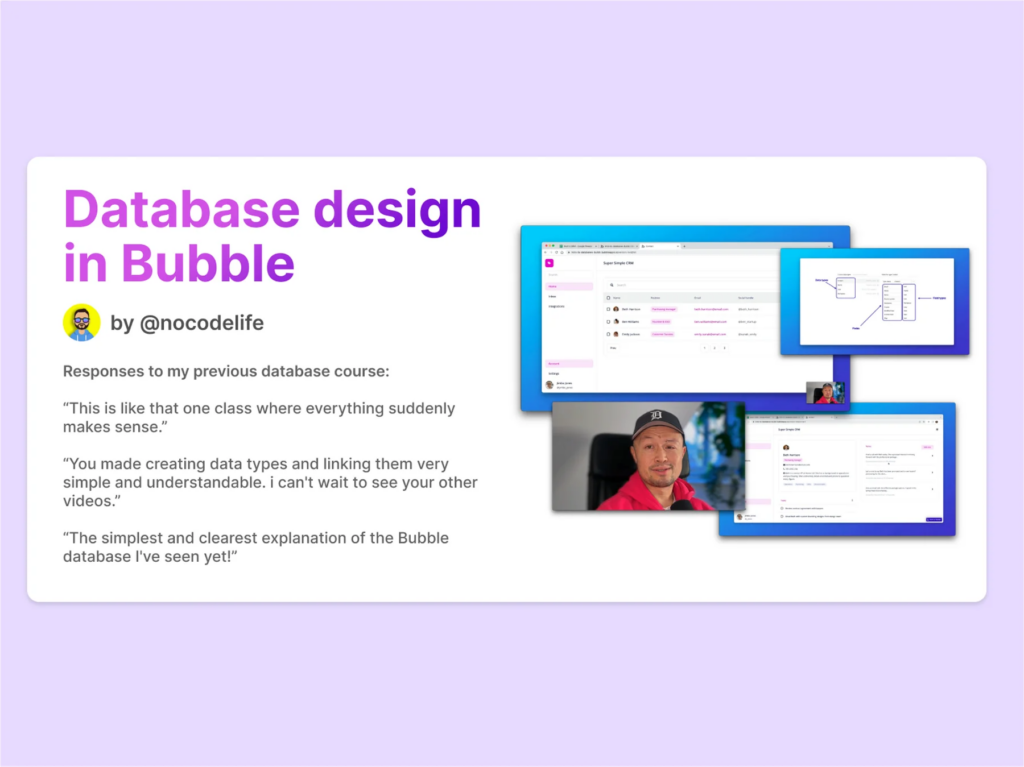
The curriculum includes an introduction to databases, designing databases in Bubble, linking data, optimizing performance, understanding and using option sets, applying concepts through real-life examples, and considerations on using external databases.
This comprehensive course is tailored for those looking to optimize the load speed and scalability of their Bubble apps.
Course link : Database design in Bubble
3. Good database design in Bubble
This course provides a step by step guide on setting up and structuring a database for a Bubble.io application.
It emphasizes the importance of databases in the development process, describing them as essential for defining the app’s structure and creating a foundational “world” for users to interact with.
The tutor encourages thinking of databases as defining “things” (or objects) and their relationships within the app’s universe, akin to populating a world with various elements.
highlighting the significance of understanding and organizing “things” (objects) and their attributes, alongside their relationships within an app.
It covers defining objects versus attributes, categorizing objects efficiently, and the importance of structuring relationships between objects to ensure database efficiency.
Course link : Good database design in Bubble
4. How data moves through your Bubble app
Matt Neary the creator of this course uses simple examples to teach the rules governing data movement in Bubble.
This YouTube video is a tutorial on managing data within Bubble apps. It covers:
- Importance of data in Bubble applications.
- Pulling data into containers: How to display data in app elements.
- Extracting raw values from objects: Manipulating specific data points.
- Pushing data using workflows: Automating data updates and creation.
- Pushing data out of a list: Handling lists of data within the app.
5. The Wise Bubbler bubble database course
This course series is designed for professionals like consultants, finance professionals, accountants, and marketers to transition from Excel spreadsheets to app databases, highlighting the differences and fundamentals needed to build their own apps using Bubble (bubble.io).
- Part 1 : Columns and Rows: Introduces database basics in Bubble, focusing on how columns and rows are used within Bubble’s database structure compared to Excel spreadsheets.
- Part 2 : Field Types: Delves into the various field types available in Bubble’s database, explaining how to choose and use them effectively.
- Part 3 : List Fields (columns): Covers the concept of list fields in Bubble, showing how to manage columns that can store multiple values.
- Part 4 : Data Relationships: Explains how to establish and utilize relationships between different data types within Bubble’s database.
- Part 5 : Relationship Lists: Expands on managing lists of relationships, allowing for complex data structures and connections.
- Part 6 : Option Sets: Discusses the use of option sets in Bubble, which are useful for creating predefined lists of options within the database.
